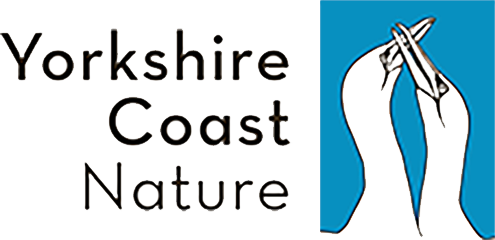Following a download of data from the Motus receiver in the Obs' garden at the end of November 2021, it became apparent that a ‘hit’ had been recorded involving a continental-tagged Starling.

16 February 2022
The data was checked by Dr Lucy Mitchell and the ‘hit’ verified as a genuine registration.
The Starling had been tagged on the island of Vlieland which at just 20 km long and 2.5 km wide is a sparsely inhabited island administered by the Netherlands, one of the chain of West Frisian Islands, situated in the Wadden Sea, a few kilometres off the Dutch mainland. Vlieland lies between Texel just to the west and Terschelling just to the north-east, both famous ornithological islands of course.
The bird was tagged on 9th November as part of a study programme led by Sander Lagerveld of Wageningen University into passerine and bat migration and stop over ecology at sites along the continental North Sea coast. For the next five days the Starling roamed around both Vlieland and neighbouring Texel being picked up by several Motus receiver stations situated in the islands, allowing the researchers to plot its sequential movements and their timings with precision. I’m sure birders can imagine the scene; the bird amongst wheeling flocks of Starlings moving around the coastal pastures, feeding, moving again, watching for predators, roosting, and starting over again each day, gaining energy
ready for onward movement.
The bird then disappeared from ‘the Motus radio’ on 14th November before being detected at Spurn on 17th and 19th November, where we can assume it was doing much the same, unbeknown to birders out and about during that period. We don’t know on this occasion where it was on 15th and 16th November, though the two-day gap will have included its North Sea crossing and its arrival into eastern England somewhere north or south of Spurn before it then moved into our recording area.
There is of course nothing particularly unusual in a Starling ‘control’ at Spurn from the Netherlands. We have had plenty of traditional ringing recoveries of this species before from there. But instead of the more customary A (ringed) to B (recovered) straight line, we could plot a much more accurate and realistic route with exact timings and directions as the bird passed the various receiver stations, revealing a new, finer grain level of information about its staging and journey. All this too from data recorded, downloaded, and processed automatically, without the need to recapture the bird after initial processing. The Motus website provides a public interface where the headline data such as that
described above for the Starling can be viewed. Fuller, more detailed information is kept for and ‘owned’ by the research group conducting (and paying for) the tagging, ready for analysis and publication. Sander’s team tag many birds and bats as part of their ongoing research, so let’s hope we can support their work and the studies of many others now using Motus in Europe for years to come.
An interesting foot note to this story - in terms of North Sea geography, history, and close cultural links, Vlieland only became separated from the mainland in the “St. Lucia’s flood” of 1287. This was a catastrophic storm tide what affected the Netherlands and Northern Germany for two days on 13th (St Lucia Day) and 14th December 1287. The disaster which killed many tens of thousands of people was one of the largest floods in recorded history with parallels to the North Sea Flood of 1953 which also affected the Spurn area.
In January 2022, SBOT Chair Rob Adams and I visited several sites in coastal
Lincolnshire, hosted by staff from various organisations, including Kev Wilson, warden at Gibraltar Point Bird Observatory and Phil Espin, chair of the Lincs Bird Club. Our thanks to all who made us so welcome that day. Several potential locations for Motus receiver stations were identified and we hope some of these can go ahead in the coming year or so. This would help close the gap between Yorkshire and East Anglia which already host receiver stations continually
scanning to detect incoming continental tagged birds and bats, as well as increasing the scope for studies of north-south east coast movements. With a range of several kilometres, the receivers can also probe into areas and habitat that might otherwise be relatively inaccessible or where minimal human disturbance is desirable meaning it is difficult to re-catch birds or read colour rings. Extensive saltmarshes, mudflats, the sea around marine
installations all come to mind along with many species, where our improved knowledge of their use of such land, inter-tidal zones and sea could benefit their conservation.
Anyone interested in helping the project which is co-ordinated by a national steering group should get in touch. Our thanks go to Thomas Willoughby for downloading the data from the Obs' garden Motus receiver at each month end.
Nick Whitehouse
SBOT Committee member


